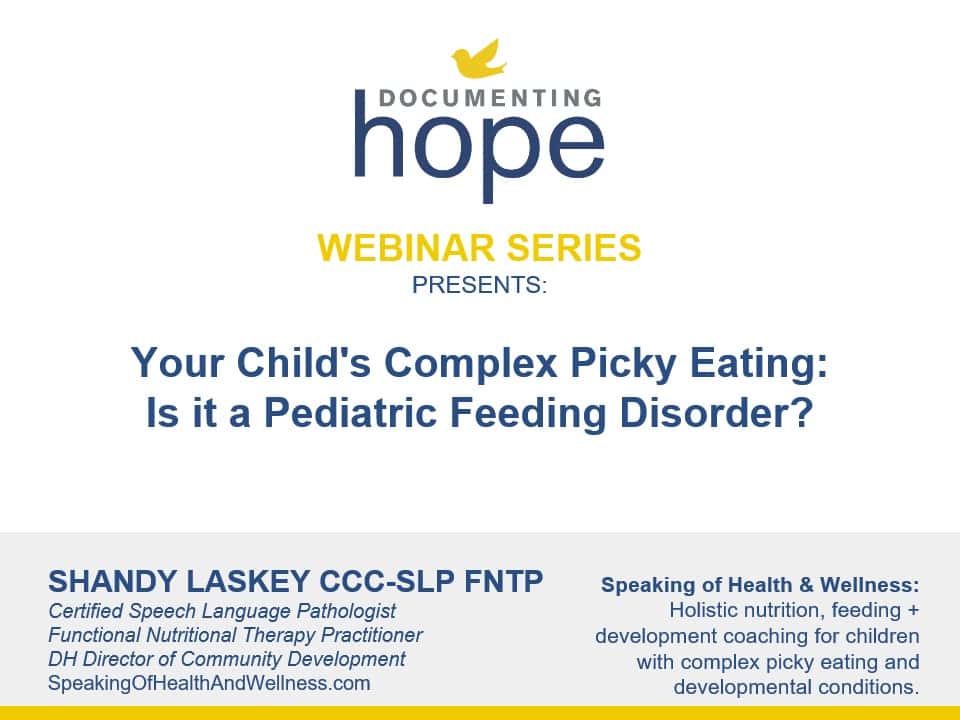When Picky Eating Feels Concerning
If your child eats only a handful of foods or refuses most nutrient-dense options, you’re not alone and your concerns are valid. Nutrition plays an essential role in growth, brain development, immune function, and emotional regulation. When your child avoids vegetables, proteins, or entire food groups, it’s natural to feel worried or unsure of how to help.
Many parents feel caught between wanting to offer nourishing choices and simply needing their child to eat something. For families already navigating developmental delays, feeding disorders, or sensory challenges, nutrition can feel like one more thing that’s too overwhelming to address.
Here’s the good news: there are gentle ways to support your child’s nutritional needs, even if their diet is currently very limited. When used thoughtfully and as part of a bigger picture, supplementation can help fill the gaps while you continue working toward broader food acceptance and comfort around food and mealtimes.
Why Some Children Have Higher Nutritional Needs
Children with behavioral, developmental, or sensory differences often have increased nutritional demands or a harder time getting what they need from food alone. These needs may be driven by:
- Gut health imbalances that interfere with nutrient absorption
- Self-restricted diets due to sensory sensitivities or oral-motor challenges
- Food intolerances or immune reactivity to specific proteins
- Genetic variations that affect how nutrients are processed or metabolized
- Greater exposure to environmental toxicants, increasing the body’s detox burden
Over time, these factors can compound. As a child restricts more foods, nutrient gaps widen, and symptoms like sensory overwhelm or behavioral dysregulation may intensify. It’s a challenging cycle, but fortunately, it can be interrupted with the right support.
A Food-First Philosophy
Whenever possible, it’s ideal to support a child’s nutritional needs through nourishing whole foods. Whole foods offer not just isolated nutrients, but a synergistic blend of vitamins, minerals, enzymes, fiber, and phytonutrients that work together to support health.
Supplements can absolutely be helpful, especially when nutritional needs are high or food variety is limited, but they’re most effective when used to complement, not replace, a foundation of balanced nourishing meals and snacks.
Should My Picky Eater Take Supplements?
You may have heard the quote, “You can’t out-supplement a poor diet.” There’s truth in that, but when a child is self-restricting their diet, the conversation becomes more nuanced. Supplements are not a magic fix or a replacement for whole foods, but when used thoughtfully and intentionally, they can gently support the body’s nutritional and biochemical needs, creating a foundation for progress in feeding, regulation, and overall health.
Here are a few guiding principles:
- Quality counts. Many over-the-counter brands include artificial colors, synthetic additives, or poorly absorbed forms of nutrients. Practitioner-grade options are typically “cleaner” and more effective.
- Every child is a unique bioindividual. There’s no one-size-fits-all supplement plan. As an example: One child may thrive with added zinc, while another may not tolerate it well at all for various reasons.
- Low and slow. Start with a fraction of the recommended dose and only introduce one supplement at a time. Observe your child’s response over a few days before increasing the dose or adding anything new (other supplements, foods, environmental factors like new household or hygiene products, etc.).
- Your child’s body leads the way. If a supplement triggers resistance, discomfort, or a change in mood, digestion, or behavior, it may not be the right fit, or it may need to be adjusted in form or dose.
Making Supplements Easier for Picky Eaters
Getting a child with strong sensory preferences or feeding challenges to take supplements can be tricky, but it doesn’t have to become a battle. Here are some respectful, low-pressure strategies:
- Choose the right format. Liquids or powders are often easier than pills or capsules. Some kids accept chewables while others do better with supplements mixed into food or drinks.
- Try a “quick sip” method. A small medicine cup with a splash of water or coconut water can deliver less palatable supplements quickly. This method gives the child a sense of control and minimizes lingering taste.
- Use familiar foods thoughtfully. You can mix supplements into smoothies, applesauce, coconut yogurt, or nut butters to help mask flavor or texture. Frozen fruit or popsicles may help with the aftertaste.
- Avoid sneaking supplements into your child’s absolute favorite foods, especially if they already have a severely limited diet (less than 20 foods). If they detect the change, it can break trust and lead to even more restrictions. If you choose to mix into food, be transparent or use a food that’s not central to their core “safe foods.”
- Explore better-tasting forms. Some supplements are designed with kids’ palates in mind, using mild or neutral flavors. Choose options without artificial flavors and minimal added ingredients.
- Ask about compounding. Compounding pharmacies can sometimes create custom flavors or formulations for children with sensitivities.
- Stay playful. Just like with food, pressure or bribery with supplements often backfires. Instead, aim to keep the experience neutral or lighthearted. This helps protect trust at mealtimes and beyond.
Nutrition Beyond Supplements
Supplements can play a meaningful role in bridging nutritional gaps, but they’re just one piece of the puzzle. Long-term progress often depends on addressing root causes: calming the nervous system, healing the gut, supporting nutrient absorption, and creating a mealtime environment that feels safe and approachable.
When supplements are used thoughtfully, in collaboration with a practitioner who understands both nutrition and pediatric feeding challenges, they can help the child’s body feel more supported and ready to take the next steps.
Progress with complex picky eating doesn’t happen overnight, and it’s not measured by perfection. Every small shift, every new food tolerated, every nutrient added, every mealtime meltdown avoided matters!
You’re not failing if your child still eats only a few foods. You’re showing up, learning, and supporting their body from the inside out, and that matters more than you know.
We’re cheering for you and your child. You’re not alone, and there is a path forward.
Still Looking for Answers?
Visit the Documenting Hope Practitioner Directory to find a practitioner near you.
Join us inside our online membership community for parents, Healing Together, where you’ll find even more healing resources, expert guidance, and a community to support you every step of your child’s healing journey.
Sources & References
Goday, P.S., et al. Pediatric Feeding Disorder: Consensus Definition and Conceptual Framework. J Pediatr Gastroenterol Nutr. 2019 Jan;68(1):124-129.
Manikam, R., et al. Pediatric feeding disorders. J Clin Gastroenterol. 2000 Jan;30(1):34-46.







